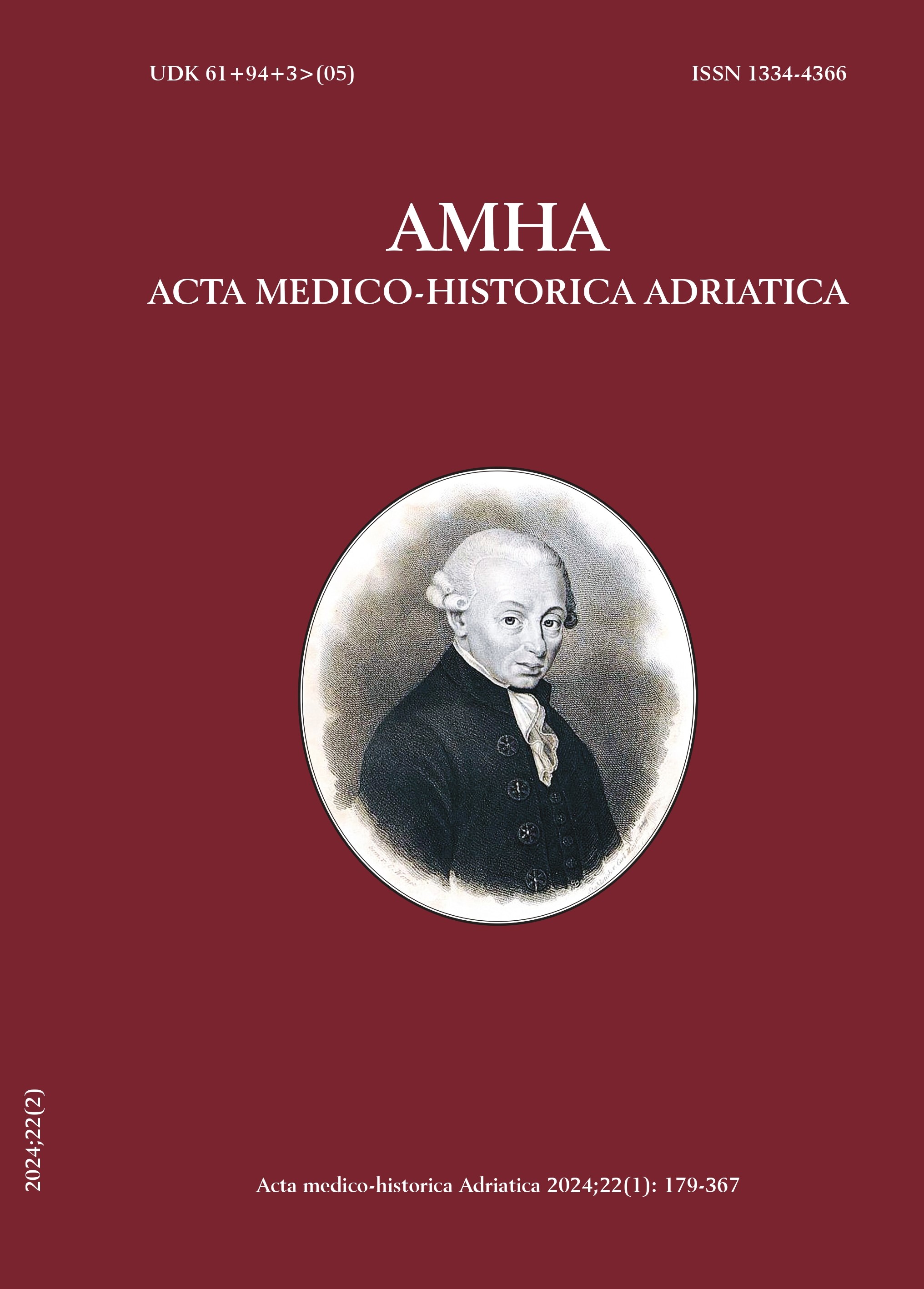RENAISSANCE ANATOMIST JACOPO BERENGARIO DA CARPI
AN INSIGHT INTO HIS LIFE AND WORK. AN EMPHASIS ON HIS CONTRIBUTION TO ANATOMICAL TERMINOLOGY
Keywords:
anatomical terminology, Jacopo Berengario da Carpi, renaissance medicine, pre-Vesalian anatomists, analysis of anatomical termsAbstract
https://doi.org/10.31952/amha.22.2.1
In general, Vesalius (1514–1564) is considered a pioneer in the study of anatomy. However, he had several important predecessors whose contributions are considered fundamental to the history of anatomy. Amongst these pre-Vesalian anatomists, Jacopo Berengario da Carpi (c. 1460–1530) is widely acknowledgedas the most important one, and by some scholars even as the first ever anatomist. Berengario was the first anatomist who recognized the value and importance of anatomical illustrations for text comprehension. Our analysis is based on his works “Carpi Commentaria super anatomiaMundini” (1521) and “Isagogae breves” (1522). In contrast to Vesalius, who attempted to put into practice only Latin nomenclature, Berengario da Carpi had no ambition to reform anatomical terminology or purge it from “barbaric” terms. He just adopted the most widely used terms of his time, no matter their Latin, Greek, or Arabic origin. His work titled Isagogae contains an important list of all relevant terms used in the text, which serves as a historical record of the anatomical nomenclature used in his period. All this establishes the historical legacy of his work, which contributed to the development of anatomical terminology.This is why, from the current perspective of a medical school anatomy teacher, Berengario’s conviction about the need not only to read a textbook but also to see anatomical structures with one’s own eyes is relevant even in the third millennium.


